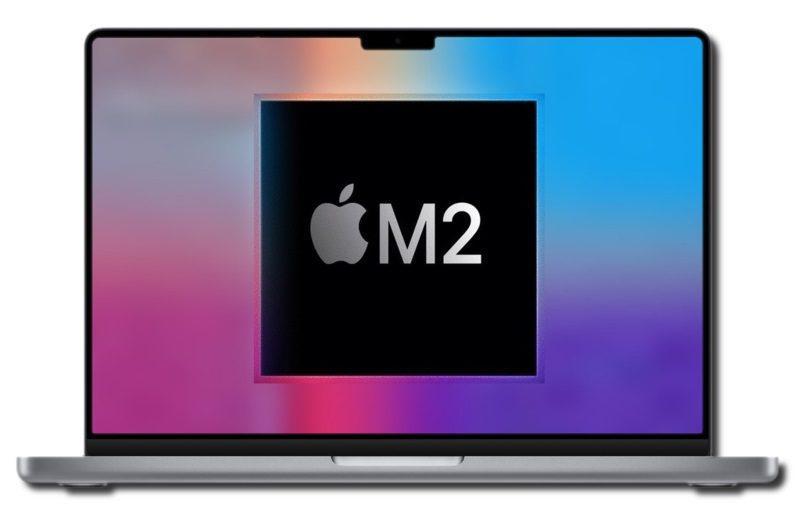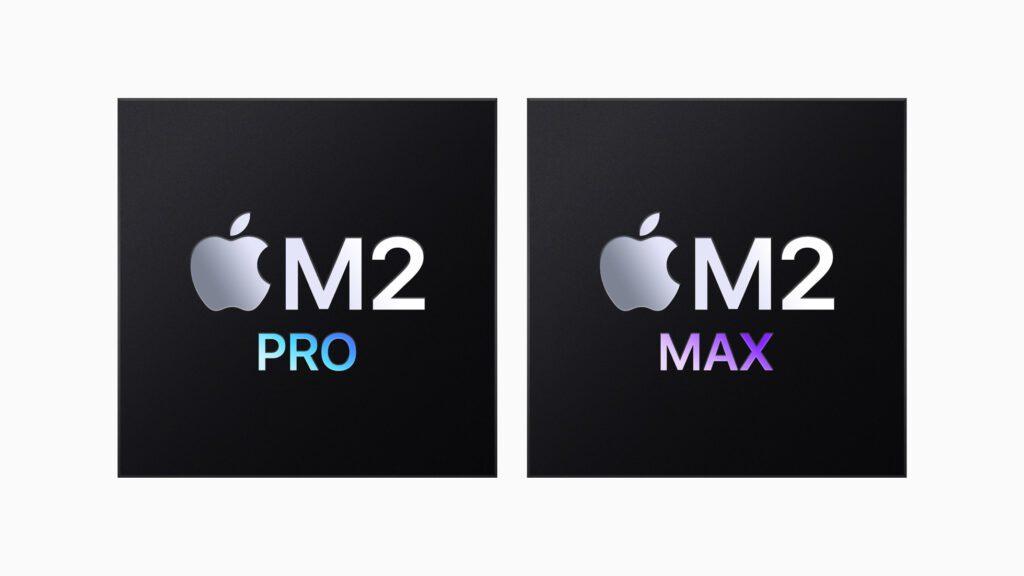
Introduction
Apple’s MacBook lineup has always been at the forefront of combining sleek design with powerful performance. The introduction of the M2 Pro and M2 Max chipsets has further solidified this legacy, offering users two cutting-edge options. In this article, we delve into the specifics of the MacBook M2 Pro and MacBook M2 Max, comparing their capabilities, features, and potential drawbacks to help you make an informed decision.
The Heart of the Matter: M2 Pro vs. M2 Max

At the core of both models lies the groundbreaking M2 chip, Apple’s latest stride in processor technology. The M2 Pro and M2 Max are variations of this chip, designed to cater to different user needs. According to Apple, “M2 Pro scales up the architecture of M2 to deliver an up to 12-core CPU and up to 19-core GPU, together with up to 32GB of fast unified memory. M2 Max builds on the capabilities of M2 Pro, including an up to 38-core GPU, double the unified memory bandwidth, and up to 96GB of unified memory.”
M2 Pro: Balanced Power
- Processor and Graphics: The M2 Pro is a step up from the base M2 chip, offering more CPU and GPU cores. This means improved processing power and better graphics performance, suitable for demanding tasks like video editing and 3D rendering.
- Efficiency: It’s designed to balance power with efficiency, making it an excellent choice for professionals who need a powerful machine for work but also value battery life and portability.
M2 Max: The Powerhouse
- Enhanced Graphics and Memory Bandwidth: The M2 Max takes it a notch higher, particularly in GPU performance. With more cores and a higher memory bandwidth, it’s tailored for users who require the utmost graphical power, such as game developers or professionals in video production.
- Increased Memory Support: It supports more RAM than the M2 Pro, which is crucial for handling large files and multitasking in resource-intensive applications.
Design and Build
Both models continue Apple’s legacy of sleek, minimalist design. They are available in similar sizes and with the same high-resolution Retina displays. However, the internal architecture is optimized differently to accommodate the varying thermal requirements of the M2 Pro and M2 Max chips.
Performance
M2 Pro
- Pros: Excellent for professional use, offering a significant boost in performance compared to its predecessors. It’s ideal for tasks like coding, graphic design, and light video editing.
- Cons: While it’s powerful, it’s not the top-tier choice for users who regularly engage in ultra-high-definition video editing or 3D animation.
M2 Max
- Pros: Superior in handling GPU-intensive tasks. Its higher memory capacity makes it the go-to for professionals working with large video files, complex 3D models, or high-end game development.
- Cons: This power comes at a higher cost, and the increased capabilities might be overkill for average users or professionals whose work doesn’t demand extreme graphics processing.
| Specification | M2 Pro | M2 Max |
|---|---|---|
| CPU Cores | Up to 10 cores (6 performance and 4 efficiency cores) | Up to 12 cores (8 performance and 4 efficiency cores) |
| GPU Cores | Up to 16 cores | Up to 38 cores |
| Memory | Up to 32GB unified memory | Up to 64GB unified memory |
| Memory Bandwidth | Up to 200GB/s | Up to 400GB/s |
| Neural Engine | 16-core | 16-core |
| Performance | Enhanced over M1 Pro, suitable for professional use in coding, design, light video editing | Superior in GPU tasks, ideal for high-end video editing, 3D modeling, game development |
| Energy Efficiency | High, optimized for balance between performance and power consumption | High, but slightly less efficient than M2 Pro due to increased performance |
| Target User Base | Professionals needing a balance of power and efficiency for a wide range of applications | Power users requiring extreme performance for specialized tasks like advanced graphics and video processing |
M2 Pro (affiliate link) | M2 Pro Max (affiliate link) |
Battery Life and Portability
Both models offer impressive battery life, but the M2 Pro tends to have a slight edge due to its more balanced power consumption. In terms of portability, they are relatively similar, with minor differences in weight and thickness attributable to the different thermal architectures.
Price Comparison
Price is a significant factor in choosing between the two. The M2 Max generally comes at a higher price point, reflecting its enhanced capabilities. It’s essential to consider whether the additional investment aligns with your specific professional needs.
Conclusion
The choice between the MacBook M2 Pro and M2 Max boils down to your specific use case. The M2 Pro is a robust, all-around performer that strikes a balance between power and efficiency, making it suitable for a wide range of professional applications. On the other hand, the M2 Max is tailored for those at the pinnacle of graphical computing needs, offering unparalleled performance in graphics processing and memory handling.
When making your decision, consider the nature of your work, your performance requirements, and your budget. Both models represent the pinnacle of modern laptop technology, and your choice will ultimately hinge on how their unique capabilities align with your professional demands.




You must be logged in to post a comment.